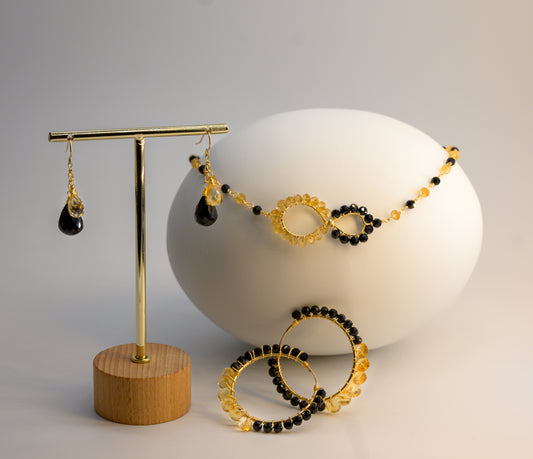History
- Nicknames: "Artist’s Stone" and "Singer’s Stone"
- Carnelian, a captivating gemstone with a history that spans thousands of years, has been cherished by civilizations across the globe. Known for its rich, warm hues ranging from orange to reddish-brown, carnelian is a form of chalcedony. This stone played a significant role in ancient times, serving not just as adornment but also as a symbol of noble status and protection. The Egyptians believed carnelian had powerful protective qualities, especially in the afterlife, making it a common amulet in burials. It was also used by the Romans in signet rings for sealing important documents, thanks to its hardness and the ease with which it could be engraved.
Meanings
Carnelian carries a multitude of meanings and symbolism, deeply rooted in its historical use. It is often associated with bold energy, warmth, and a joyous spirit, akin to the sun setting in a clear sky. Its vibrant color is believed to stimulate passion, motivation, and determination. Carnelian is also seen as a stone of protection, warding off negative emotions and replacing them with a love of life. In spiritual practices, it is used to cleanse other stones, enhance personal power, and boost creativity.
Physical Properties
Carnelian ranges in color from pale orange to deep reddish-brown, with its hues due to the presence of iron oxide. It has a Mohs hardness of 6 to 7, making it durable enough for various types of jewelry. Carnelian is translucent to opaque and often showcases a beautiful, natural gloss when polished.
Treatments:
- Traditional Indian Treatments: Exposure to sun for color transformation; overnight placement in clay pots coated with goat feces for a smoky hue.
Care and Maintenance
To maintain the luster and quality of carnelian, it should be cleaned with warm, soapy water and a soft brush. It is best to avoid harsh chemicals and extreme temperatures, which can damage the stone. Carnelian should be stored separately from harder gemstones to prevent scratches.
Mining Locations:
- Gujarat, India: Home to one of the oldest carnelian mines, supplying ancient Egyptians, Greeks, and Romans.
- Modern Sources: Brazil, Uruguay, Madagascar, Australia, China, Russia, Serbia, Germany, US, and western Europe.











